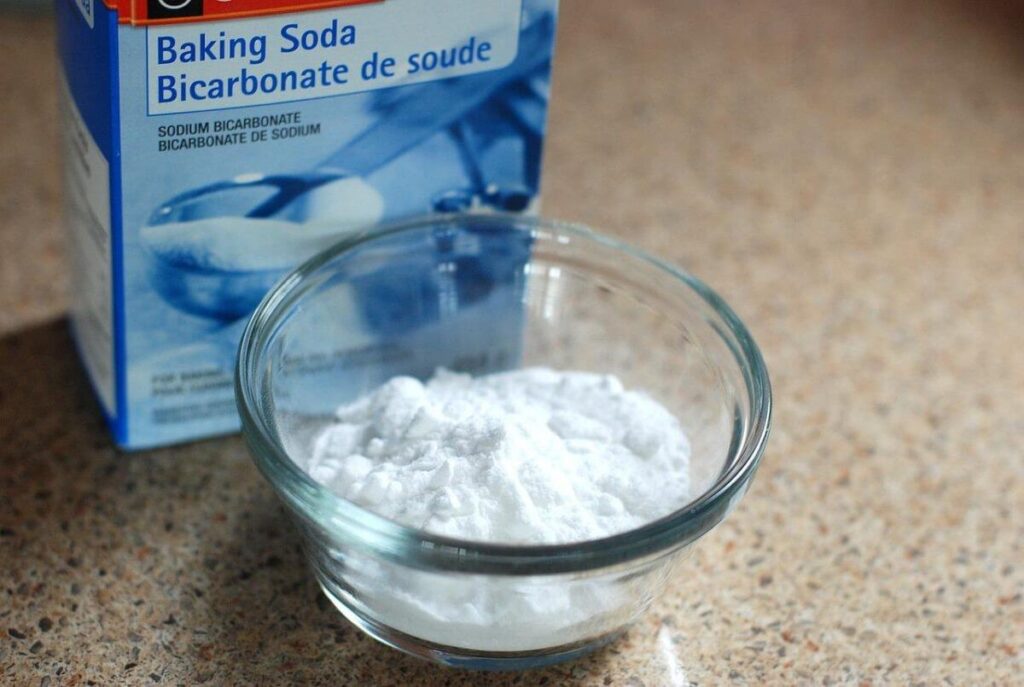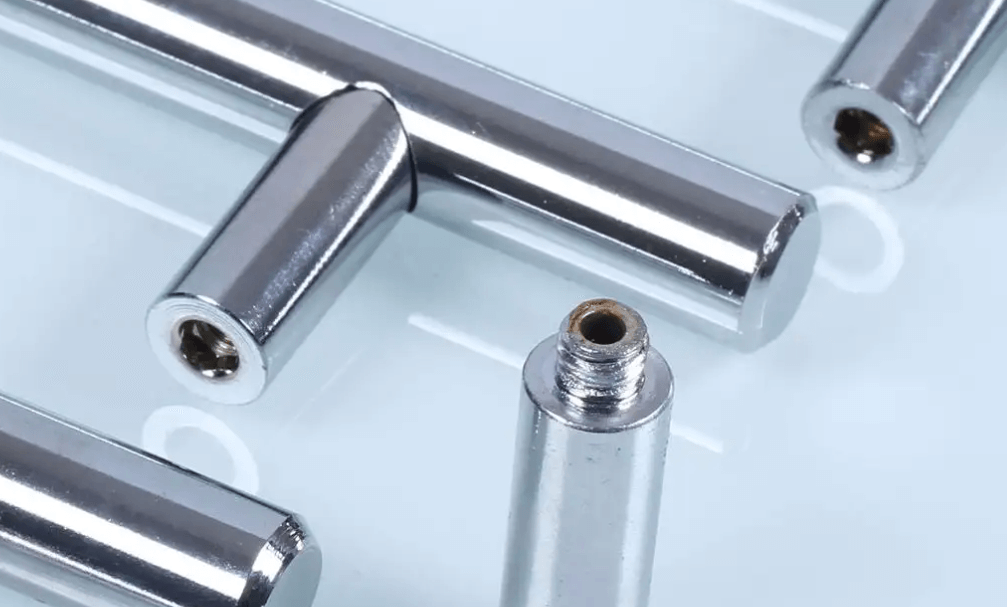The Importance of Chrome Plating
Chrome plating is a common finish for metal items, but it can be difficult to remove if you need to change the color or appearance of the underlying metal. There are several different ways to remove chrome plating, depending on the type of metal and the amount of chrome that needs to be removed. Sometimes, this is a task that can be easily done at home, but it is usually best to leave it to a professional. Some methods may require special equipment or chemicals, so it is important to research before beginning the removal process.
1.What is chrome plating?
Chrome plating is the application of a thin layer of chrome to the surface of a metal. The chrome layer provides a shiny, reflective surface and enhances resistance to corrosion and rust. Chrome plating is commonly used on automotive parts such as bumpers and wheels, but it can also be used on household fixtures such as door handles and other fixtures.
2.What process is used for chrome plating?
The chrome plating process uses electroplating, which is the process of applying one metal to another using an electric current. In this case, the metal being plated is usually steel or aluminum, and the plating is chrome. The part to be chrome-plated is first cleaned and then placed in a solution containing chromic acid. An electric current is passed through the solution, causing the chromium atoms to attach to the metal surface. The thickness of the chrome coating can be controlled by adjusting the amount of time the part remains in the solution. Once the desired thickness is reached, the part is rinsed and then heated so that the chrome forms a strong bond with the metal surface.
3.Why Remove It?
If the metal underneath is damaged, you may need to strip the chrome plating for repair. In other cases, the chrome plating may simply be worn or scratched and may need to be removed to apply a new layer.
4.Potential Dangers When Removing Chrome Plating on Your Own
Before you attempt to remove chrome plating, you should be aware of some potential dangers. Gloves, goggles, and a breathing mask are essential to protect yourself from the chemicals used in the process. Breathing the fumes of the chemicals can be dangerous, so it is important to work in a well-ventilated area. You should also avoid contact of the solution with your skin.
Another hazard to be aware of is the potential for electric shock. There is always a risk of electric shock when exposed to electrical current and chemicals. Be sure to take all necessary safety precautions.
5.Types of Chrome Plating
There are two types of chrome plating: decorative chrome plating and hard chrome plating.
① Hard Chrome Plating
Hard chrome is a thick layer of chrome plated on the surface of the metal to increase wear resistance. It is often used for tools and machine parts with high friction. Due to its thicker thickness, hard chrome is more difficult to remove than decorative chrome.
② Decorative chrome plating
In contrast, decorative chrome plating is a thin layer of chrome applied to the surface of a metal to provide a shiny, reflective effect. It is often used on automotive parts and household appliances to provide protection, but mainly for aesthetic reasons. In most cases, decorative chrome plating is easier to remove than hard chrome plating.
Now that you have a basic understanding of chrome plating, it is time to understand the different methods for removing chrome plating. As we mentioned earlier, chrome plating is performed using an electroplating process. There are several methods that can be used to remove chrome plating from metals, and we will explain each method in detail.

6.Methods for removing chrome plating from metals
1)Professional equipment
The first method is to use professional equipment. This is the most expensive option, but it is also the most effective. If you decide to go with this method, find a reputable professional who has experience removing chrome plating.
① Sandblasting machine
Sandblasting uses high-pressure air to spray abrasive particles (such as sand, glass beads, or steel shots) at a surface. The process can be used for a variety of purposes, including removing paint, rust, or other deposits.
Sandblasters are common in auto body shops and are used to remove chrome or other coatings from auto parts. The high-pressure stream of sandblasting particles strips away the chrome plating, leaving the metal surface bare and intact. Sandblasting is generally safe if done correctly, but there are some risks associated with the practice. These risks include inhalation of dust particles, eye injuries from flying debris, and skin irritation from contact with the blasting material.
②Ultrasonic Cleaner
Another specialized equipment method that can be used to remove chrome plating is an ultrasonic cleaner. Ultrasonic cleaners are commonly used to clean precision electronic parts or jewelry, and they use high-frequency sound waves to remove dirt, grime, and other deposits from the surface. When removing chrome plating, ultrasonic cleaners work by vibrating chrome particles at high frequencies. This process breaks down the bond between the chrome and the metal surface, causing the chrome to flake off.
The main advantage of using an ultrasonic cleaner is that it is a gentle method of chrome removal and is easy to use. However, unless you have access to an ultrasonic cleaner at all times, investing in one may not be worth it for a one-time chrome removal project. In addition, due to their limited size, you can only use them to remove chrome from small objects.
2)Using Chemicals
Another way to remove chrome plating is to use chemicals. While chemicals are a cheaper way to remove chrome plating, they should also be handled with care as they can be dangerous. Protective clothing and gloves must be worn when using these chemicals.
① Hydrochloric Acid
Hydrochloric acid, also known as hydrochloric acid, is a corrosive substance that is used for a variety of purposes, including cleaning masonry and removing rust. It is also an effective way to remove chrome plating from metals. A 30–40% acid solution is sufficient to remove chrome.
The process is simple, just be careful to avoid skin contact.
- First, you need to dilute the hydrochloric acid with water, at a ratio of 1/3 part acid to 1 part water. You will need a heavy metal bucket or other container suitable for chemical handling to mix the two together.
- Then place the chrome-plated item in the solution and soak until the chrome comes off.
- Finally, after the chrome is removed, remove the item from the bucket and rinse it with clean water and soap.
② Sodium Hydroxide
You may know sodium hydroxide by the more common name of lye or caustic soda. It has a variety of uses, including making soap, unclogging drains, and in this case, it is an effective method for removing chrome plating from metals. It is important to emphasize that if the base metal is aluminum, sodium hydroxide will produce hydrogen gas when mixed with water to form a solution. This gas is extremely explosive and should be avoided at all costs.
The process of removing chrome plating using sodium hydroxide is similar to that of hydrochloric acid.
- First, mix 8 to 12 fluid ounces/227 milliliters to 355 milliliters of sodium hydroxide with one gallon of water, or 3.785 liters. It is crucial to use a container made of neutral materials, such as a heavy-duty plastic bucket, because lye is corrosive.
- Then soak the object in the mixture, making sure it is completely submerged. This can be a slow process, so check regularly to see if the chrome has begun to fall off.
- Finally, after the chrome has been removed, remove the item from the bucket and wash it with soap and water, then rinse and dry.
③ Reversing the Plating Process
The last method of removing chrome plating using chemicals that we will discuss is reversing the plating process. It involves electricity, sulfuric acid, and chromic acid; therefore, it is the most dangerous of the methods discussed and can result in serious injury. Only people with knowledge of electricity and chemistry should attempt this method. Toxic and carcinogenic fumes are released during this process, and there is a serious risk of electrocution due to the electrical current.
To briefly summarize the process:
- Chromic and sulfuric acid are mixed with water to make a solution.
- The solution is then heated to a temperature determined by the type of chrome coating to be reversed, and a negative charge is passed through the solution via a DC power source.
- The object to be stripped is connected to a positive electrode and then immersed in the solution.
- This process continues until the chrome is removed. The object is then rinsed and the chemicals are taken to a professional.
3)Removing Chrome Coatings Using Everyday Household Products
If you want to avoid using any of the dangerous chemicals we’ve looked at, there are some more common household products that you can use.

① Baking Soda
Baking soda is one of the most versatile products in the home. If the chrome coating is thin, you can use it as an abrasive to simply wipe off the chrome coating. Make a paste of baking soda and water, apply it to the chrome surface, and then wipe it with a cloth or brush. Stop from time to time to check the progress and make sure you don’t scratch the underlying metal surface.
②Bleach
Another method is to use a common product at home, namely bleach – if the chrome layer is not too thick, soaking the item you want to remove the chrome in bleach for a day or so should be fine. Make sure to discard the bleach after use and don’t use it for other purposes.
To sum up, we hope that this article has given you some ideas on how to remove chrome from metal. As we can see, there are several ways to do it, some using everyday household items and some using more dangerous chemicals or special equipment. The method you choose depends on the item you are stripping and your comfort level with chemicals.
